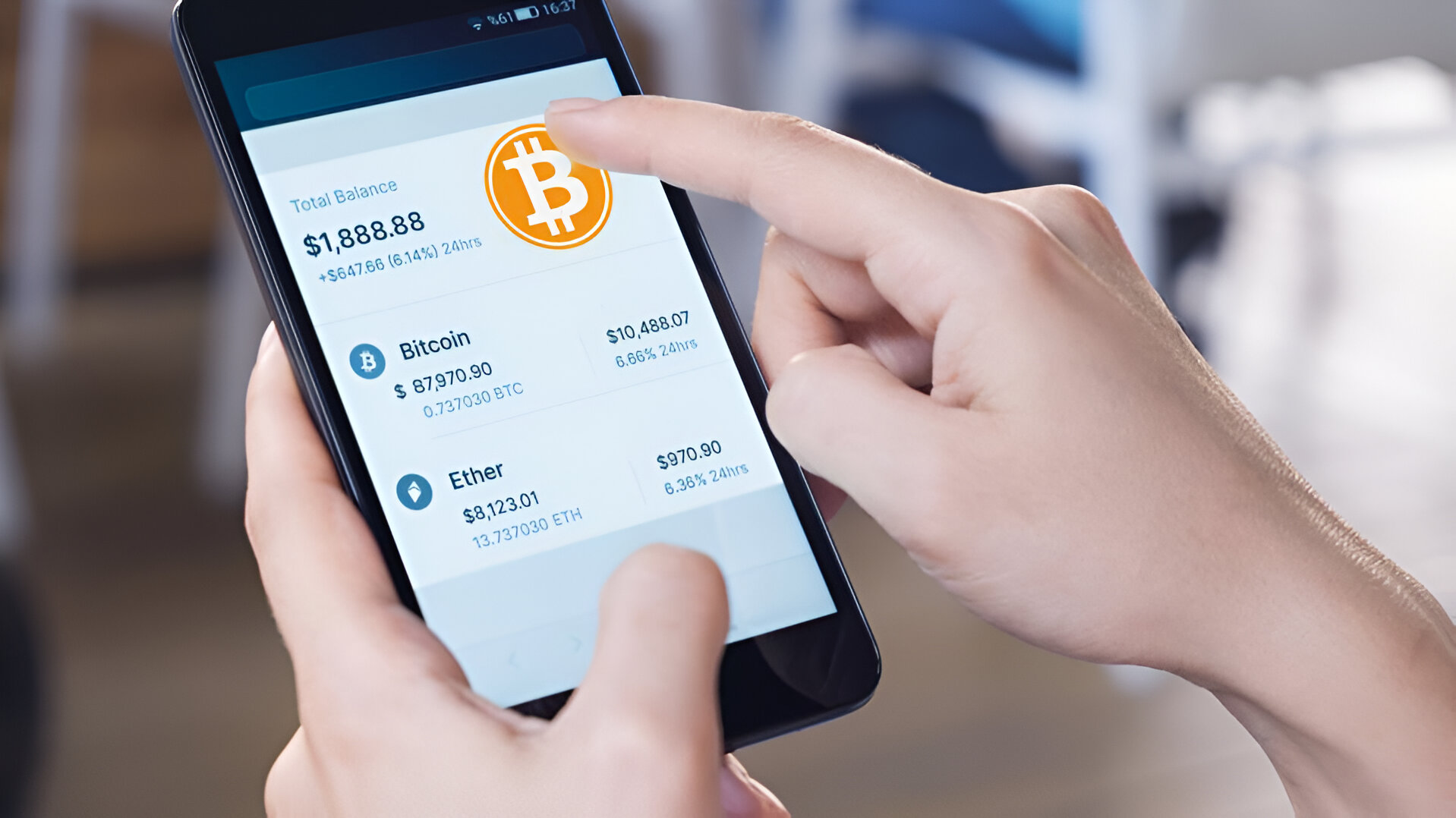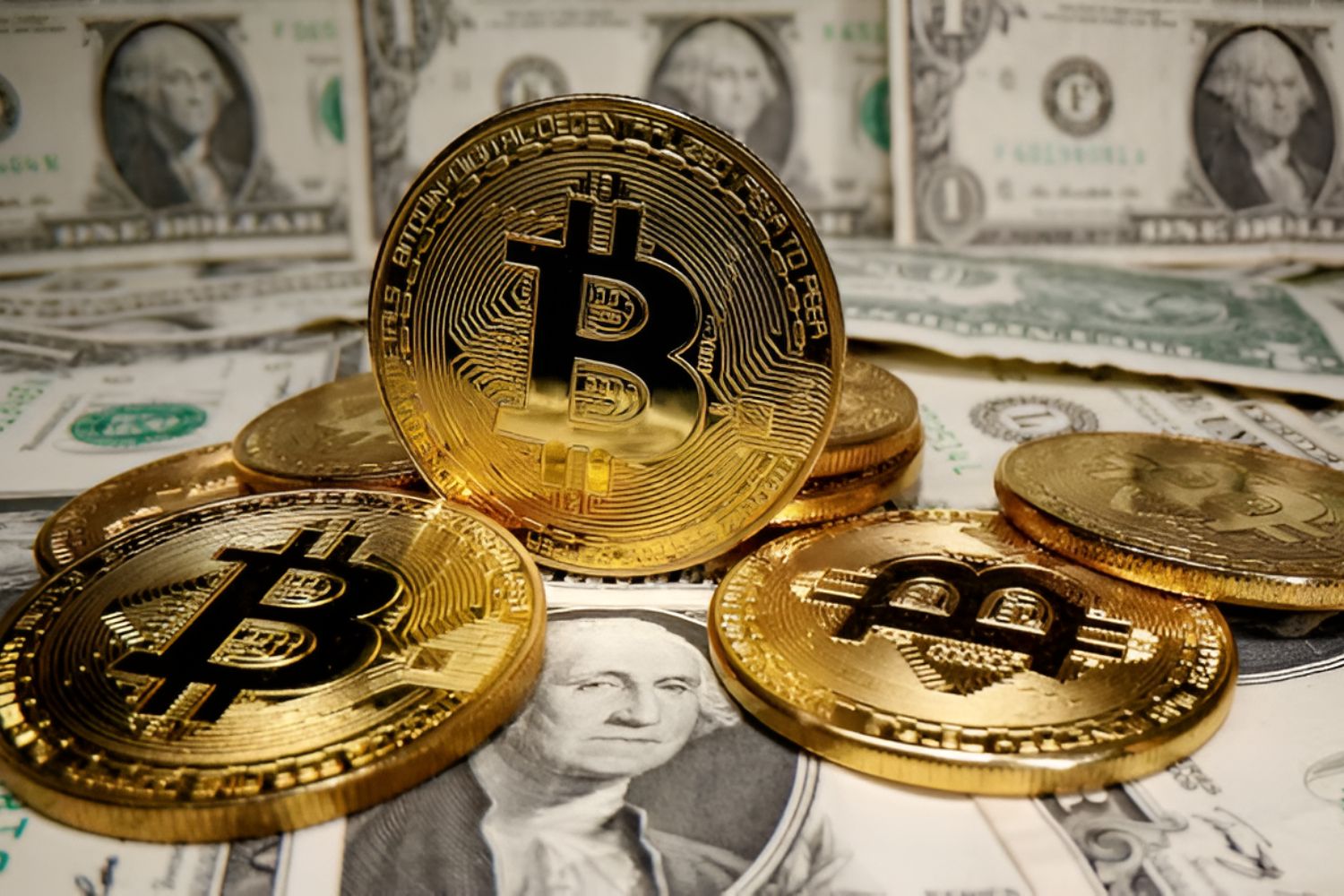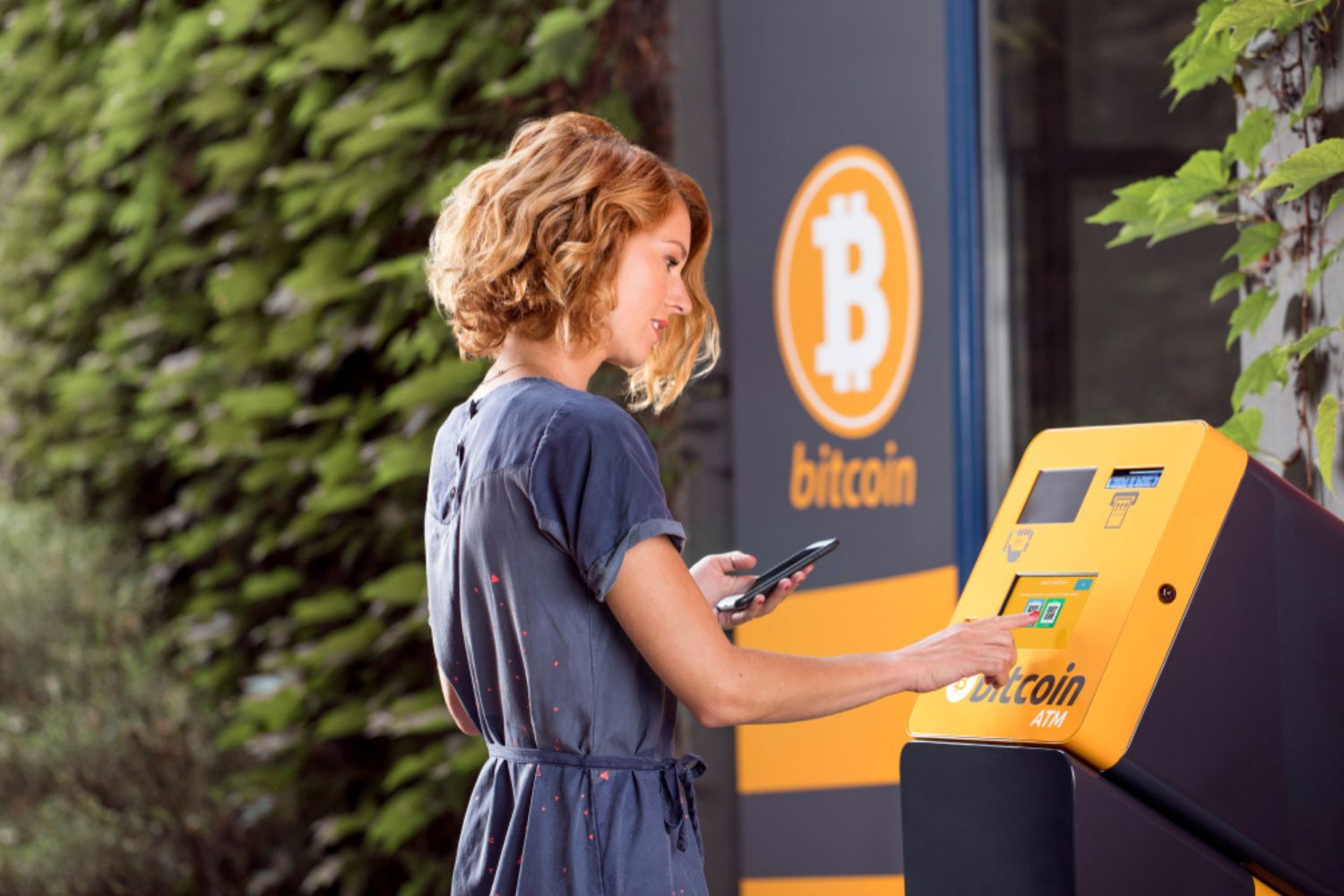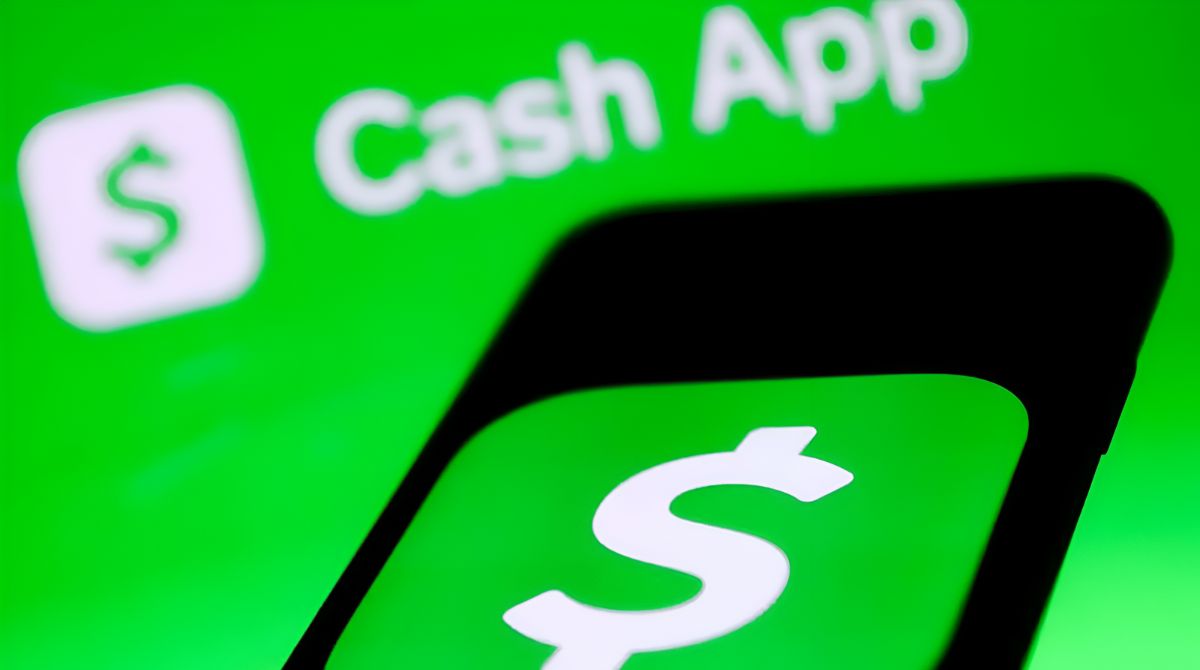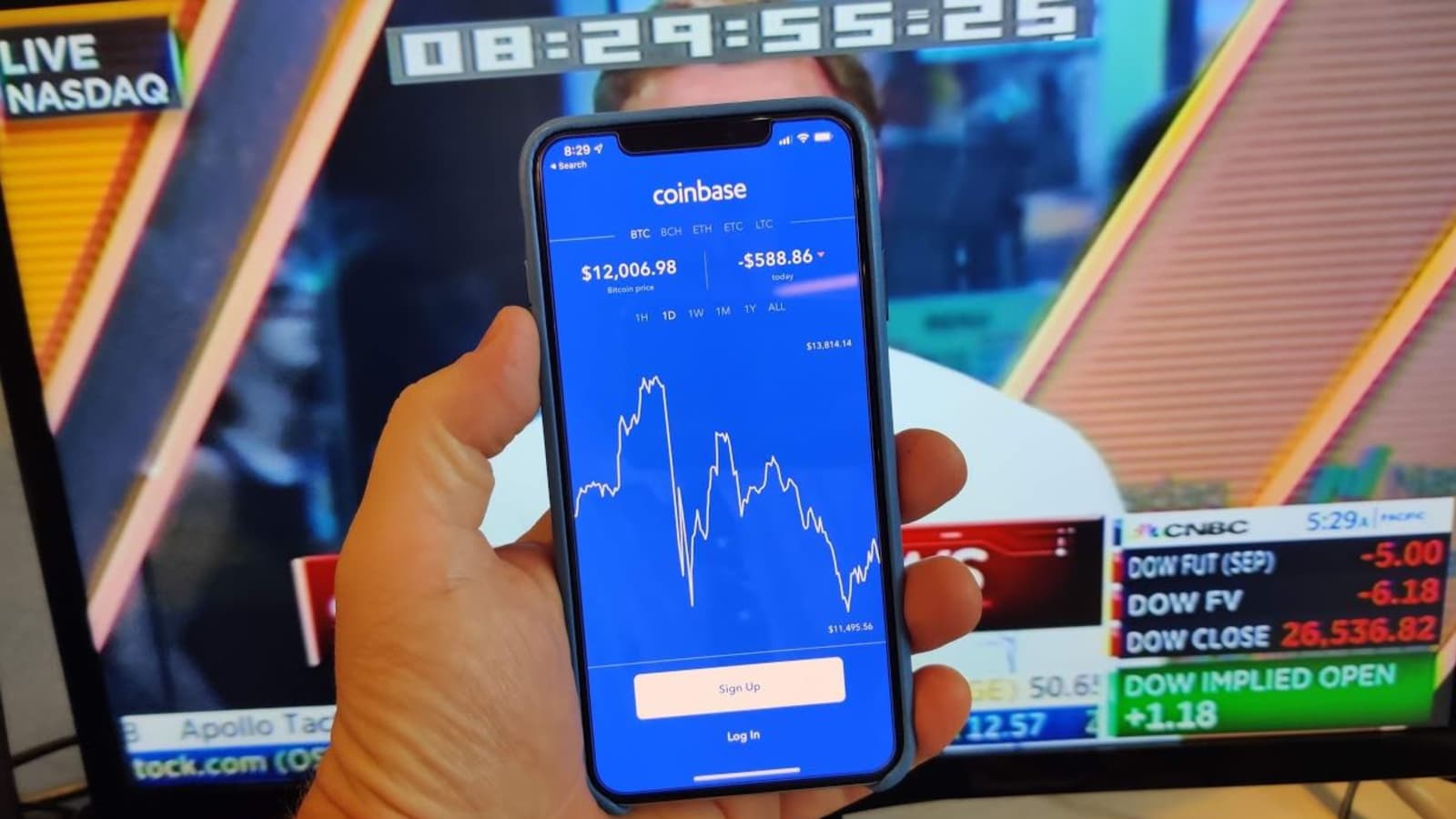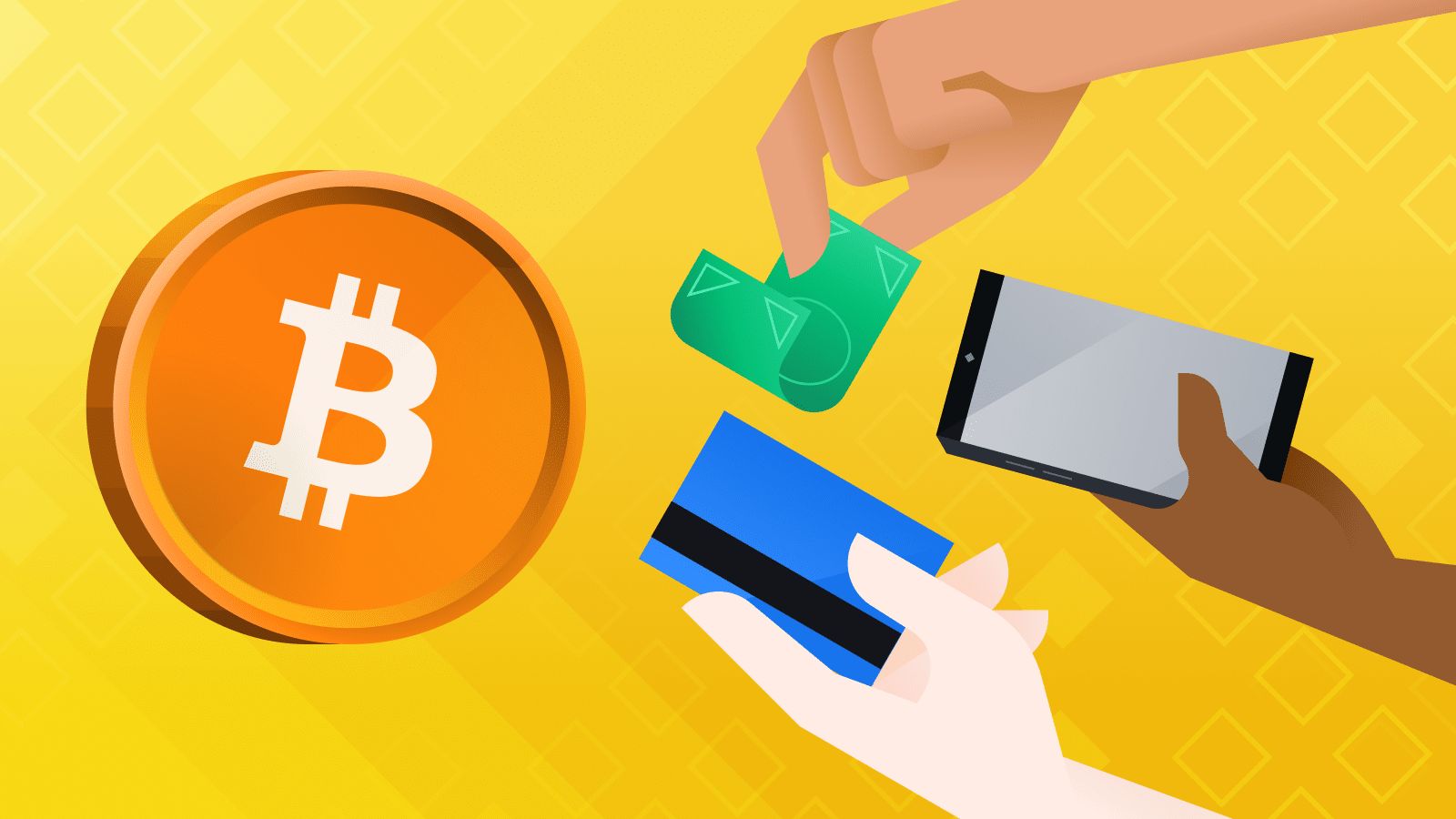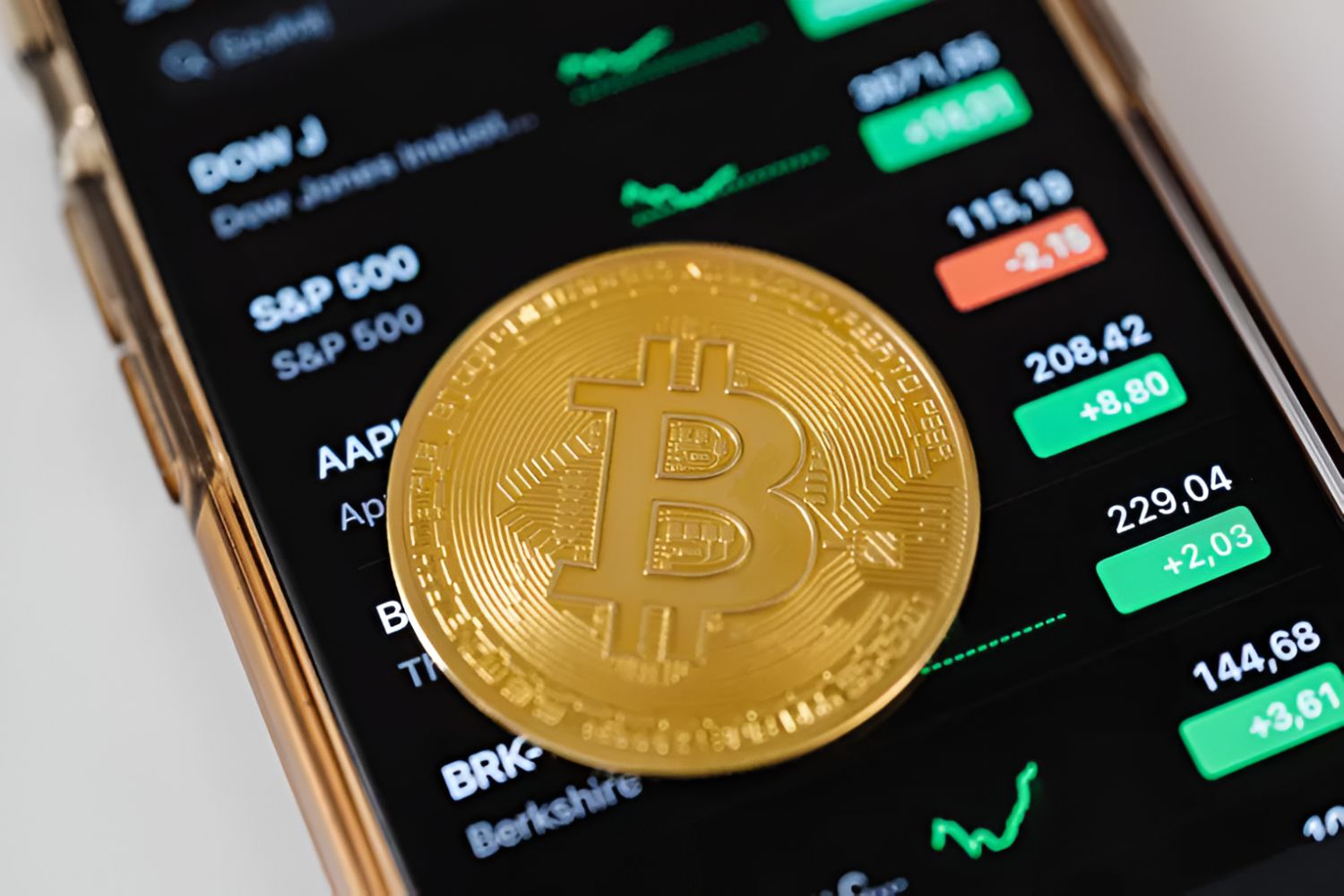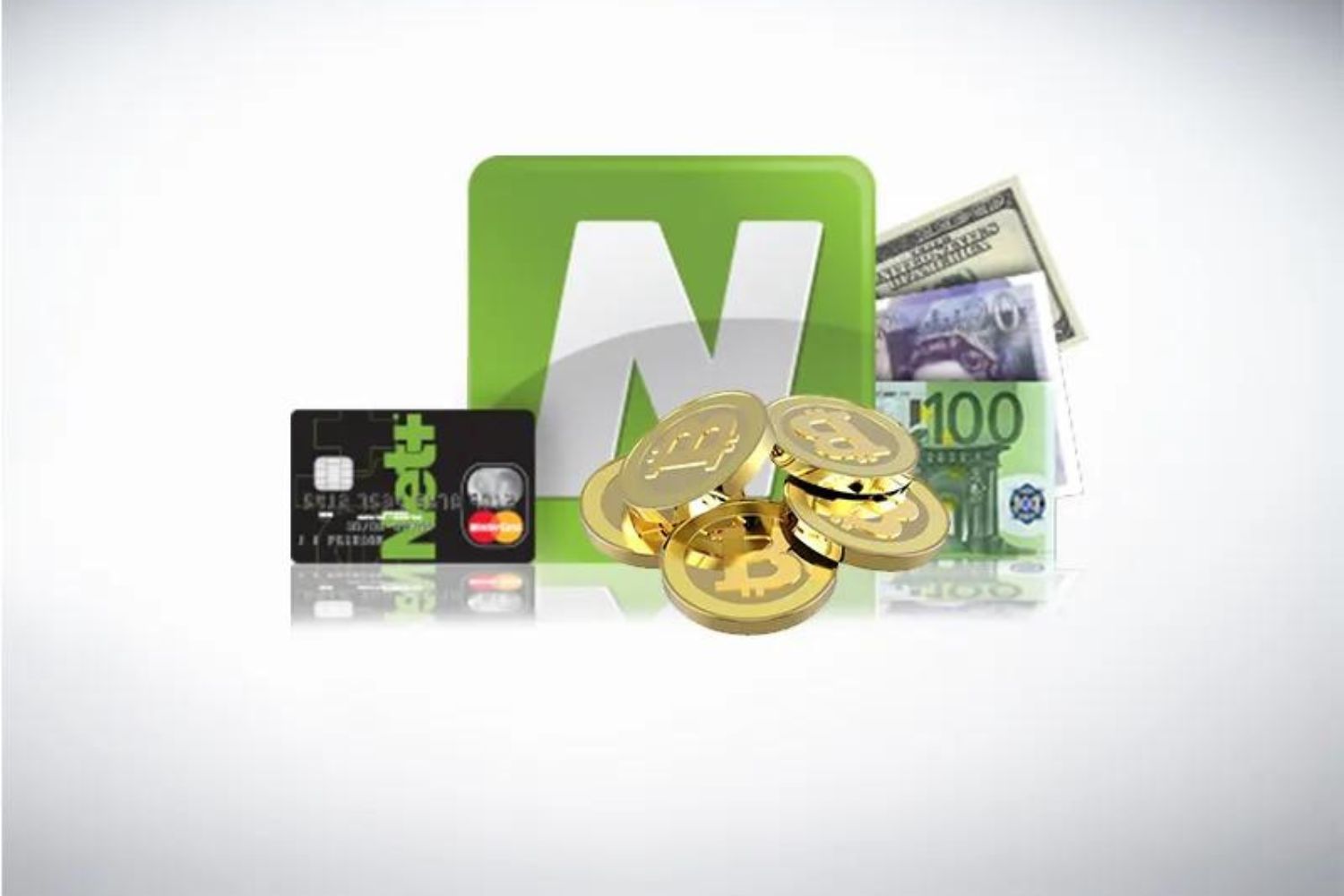Introduction
Welcome to the exciting world of Bitcoin! In this digital era, cryptocurrencies have gained significant popularity, with Bitcoin being the pioneer and most widely recognized among them. Bitcoin offers a decentralized and secure way to transfer value and has revolutionized the concept of money.
Whether you are intrigued by the technology behind Bitcoin or looking to diversify your investment portfolio, learning how to buy Bitcoin is a crucial step. This guide will walk you through the process of acquiring Bitcoin, from setting up a digital wallet to making your first purchase.
Before we dive into the details, let’s briefly discuss what Bitcoin is. Created in 2009 by an anonymous person using the pseudonym Satoshi Nakamoto, Bitcoin operates on a technology called blockchain, which is a distributed ledger that records all transactions.
Unlike traditional currencies issued and regulated by central banks, Bitcoin is decentralized and operates on a peer-to-peer network. This means that no single entity or government has control over Bitcoin, making it immune to censorship and interference.
Bitcoin’s value is determined by the market and can be subject to high volatility. Its limited supply and increasing demand have led to significant price swings over the years, attracting both investors and traders.
Now that you have a basic understanding of Bitcoin, let’s explore the steps involved in buying your first Bitcoin. Although the process may seem daunting at first, with the right guidance, it can be straightforward and secure.
In the next sections, we will delve into setting up a digital wallet, choosing a reliable exchange platform, verifying your identity, funding your account, placing an order, storing your Bitcoin securely, and monitoring the market trends. By following these steps, you’ll be well-equipped to start your Bitcoin journey.
Understanding Bitcoin
Before you dive into buying Bitcoin, it’s essential to have a solid understanding of what Bitcoin is and how it works. Bitcoin is a digital currency that operates on a decentralized network without the need for intermediaries like banks or governments. It’s often referred to as a cryptocurrency because it relies on cryptographic principles to secure transactions.
The foundation of Bitcoin is a technology called blockchain. The blockchain is a public ledger that records every transaction made with Bitcoin. This transparency allows for secure and verifiable transactions without the need for a trusted third party.
Unlike traditional fiat currencies, which can be printed at will by central banks, Bitcoin has a limited supply. There will only ever be 21 million Bitcoins in existence, making it a deflationary asset. This scarcity and the increasing global demand have contributed to its value appreciation over time.
Bitcoin operates on a peer-to-peer network, which means that transactions are directly conducted between users without the need for intermediaries. These transactions are secured through complex mathematical algorithms known as cryptography.
When a user initiates a Bitcoin transaction, it is verified by network participants called miners. Miners solve complex mathematical puzzles to confirm the validity of the transaction and add it to a block on the blockchain. This process ensures the security and integrity of the network.
Bitcoin transactions are pseudonymous, meaning that users are identified by a unique address rather than by their personal information. However, it’s important to note that Bitcoin is not entirely anonymous, as transaction details can be traced on the public blockchain.
One of the key advantages of Bitcoin is its ability to facilitate cross-border transactions without the need for traditional banking systems. Transactions can be conducted quickly and at a lower cost compared to traditional methods.
It’s important to mention that investing in Bitcoin comes with some risks. The price of Bitcoin can be highly volatile, and market fluctuations can result in substantial gains or losses. It’s crucial to ensure that you only invest an amount you can afford to lose and to do thorough research before making any investment decisions.
Now that you have a better understanding of Bitcoin and its fundamentals, let’s move on to the next step: setting up a digital wallet.
Setting Up a Digital Wallet
Before you can buy Bitcoin, you’ll need to set up a digital wallet to securely store your cryptocurrencies. A digital wallet is a software application or a hardware device that allows you to manage, store, and transact with your Bitcoin.
There are various types of digital wallets available, each with its own advantages and security features. Let’s explore some of the most common types:
- Software Wallets: These wallets can be downloaded and installed on your computer or smartphone. They are convenient, easy to use, and offer a wide range of features. However, software wallets are vulnerable to malware and hacking attacks, so it’s essential to choose a reputable provider and keep your device secure.
- Web-based Wallets: These wallets operate online and can be accessed through a web browser. They offer convenience and accessibility but rely on third-party providers to manage your private keys. It’s crucial to choose a trusted web wallet that prioritizes security and has a strong reputation.
- Hardware Wallets: If you prioritize security, hardware wallets are an excellent choice. These physical devices store your private keys offline, reducing the risk of hacking or malware attacks. Hardware wallets are typically encrypted and require a PIN or password for access.
- Paper Wallets: For maximum security, you can opt for a paper wallet, which involves printing out your private and public keys on a piece of paper. Paper wallets are not susceptible to online threats but require careful storage and protection from physical damage.
When selecting a digital wallet, consider factors such as security features, user-friendliness, compatibility with your devices, and the ability to recover your funds in case of loss or theft.
Once you’ve chosen a wallet, follow the provider’s instructions to create a new wallet. This usually involves generating a new Bitcoin address, which you will use to receive funds.
Remember to back up your wallet’s recovery phrase or private key in a safe place. This backup is crucial for recovering your wallet in case your device is lost, stolen, or becomes inaccessible.
Now that you have a digital wallet, you’re ready to proceed to the next step: choosing a reliable exchange platform to buy Bitcoin.
Choosing an Exchange
When it comes to buying Bitcoin, choosing the right exchange platform is paramount. An exchange is a digital marketplace where you can buy, sell, and trade cryptocurrencies, including Bitcoin.
Here are a few key factors to consider when selecting an exchange:
- Security: The security of your funds should be a top priority. Look for exchanges that implement robust security measures, such as two-factor authentication (2FA), encryption, and cold storage for customer funds. Additionally, check the exchange’s track record for any past security breaches or hacks.
- Liquidity: Liquidity refers to the ease of buying or selling Bitcoin on an exchange. Higher liquidity means there are more buyers and sellers in the market, resulting in faster transactions and better price stability. Choose exchanges with good trade volumes to ensure smooth trading experiences.
- Fees: Exchanges charge fees for transactions, including buying, selling, depositing, and withdrawing funds. Compare the fee structures of different exchanges to find a balance between competitive fees and the features offered.
- User Experience: User-friendly interfaces and intuitive navigation can greatly enhance your trading experience. Look for exchanges that offer a smooth and hassle-free user experience, suitable for both beginners and experienced traders.
- Regulation and Compliance: Consider using exchanges that adhere to regulatory standards and have proper licensing. This can provide an added layer of protection for your funds and ensure compliance with legal requirements.
- Customer Support: Responsive and helpful customer support is vital, especially if you encounter any issues or have questions about the platform. Check for multiple support channels, such as live chat, email, or phone support, and review feedback from other users regarding the exchange’s customer service.
It’s also worth considering the exchange’s reputation in the cryptocurrency community. Look for user reviews, ratings, and feedback on trusted platforms to get insights into other users’ experiences.
Keep in mind that some exchanges may require you to complete a Know Your Customer (KYC) process to verify your identity. This process typically involves providing identification documents, proof of address, and possibly even a photo of yourself. While it may seem intrusive, KYC processes help prevent fraud and ensure the legitimacy of the exchange.
Take your time to research and compare different exchange platforms based on these factors. Consider your specific needs, trading preferences, and the level of security you require.
Once you’ve chosen an exchange that meets your criteria, the next step is verifying your identity to comply with any regulatory requirements.
Verifying Your Identity
When dealing with reputable cryptocurrency exchanges, verifying your identity is a necessary step to prevent money laundering, fraud, and other illegal activities. The process of identity verification, also known as Know Your Customer (KYC), ensures that the exchange complies with regulatory requirements and helps maintain a secure trading environment.
To verify your identity on an exchange, follow these common steps:
- Registration: Create an account on the exchange by providing your email address, a secure password, and any other requested personal information.
- Personal Information: Complete your profile by entering additional personal details, such as your full name, date of birth, and residential address. Ensure that the information you provide is accurate and matches your official identification documents.
- Document Upload: Most exchanges require you to upload scanned or photographed copies of your identification documents, such as a passport, driver’s license, or national identification card. Follow the guidelines provided by the exchange to ensure your documents meet the required format.
- Address Verification: Some exchanges may request proof of address to verify your residential address. This can be in the form of a utility bill, bank statement, or government-issued document that clearly shows your name and address. Ensure that the document is recent and matches the information provided during registration.
- Selfie Verification: As an additional security measure, you may be required to take a selfie while holding your identification document. This helps confirm that the person submitting the documents is the same as the one in the photo ID.
- Verification Waiting Period: Once you’ve submitted your documents, the exchange will typically review and verify them. This process can take anywhere from a few minutes to a couple of days, depending on the exchange’s workload and verification procedures.
It’s important to note that during the identity verification process, you may encounter additional security measures such as Two-Factor Authentication (2FA). This adds an extra layer of protection by requiring a secondary verification, usually through a unique code sent to your mobile device or email.
By verifying your identity, you help create a safer ecosystem for cryptocurrency trading and reduce the risk of fraudulent activities. Additionally, completing the KYC process allows you to access higher trading limits and additional features on the exchange.
Once your identity has been successfully verified, you can proceed to fund your account to start buying Bitcoin.
Funding Your Account
Now that your account is set up and your identity is verified, you’re ready to fund your account and start buying Bitcoin. Funding your account refers to depositing fiat currency or other cryptocurrencies into your exchange wallet to use for purchasing Bitcoin.
Here’s a step-by-step guide on how to fund your exchange account:
- Select Deposit Method: Log in to your exchange account and navigate to the deposit section. Choose the deposit method that suits you best, such as bank transfer, credit/debit card, or other available options.
- Choose Currency: Select the currency you wish to deposit. If your exchange supports multiple fiat currencies, ensure that you choose the one that aligns with your funding source.
- Follow Instructions: Carefully follow the provided instructions for the selected deposit method. This may include providing additional details, such as account numbers and references for bank transfers.
- Initiate the Deposit: Begin the deposit transaction as per the instructions. This may involve initiating a bank transfer or entering your credit card details securely on the exchange’s payment gateway.
- Confirm the Deposit: Once the transaction is initiated, confirm the deposit and allow some time for the funds to be credited to your exchange account. The processing time can vary depending on the chosen deposit method.
It’s important to be aware of any fees associated with the deposit method you choose. Some funding methods may have fees or conversion charges that will impact the final amount available for purchasing Bitcoin.
Remember to double-check the accuracy of your deposit details before initiating the transaction. Any errors can result in delays or potential loss of funds.
It’s worth noting that some exchanges offer the option to deposit cryptocurrencies instead of fiat currency. If you already own other cryptocurrencies, you may be able to transfer them to your exchange wallet and use them to buy Bitcoin directly.
Once your account has been funded, you’re ready to take the next step and place an order to purchase Bitcoin.
Placing an Order
After funding your exchange account, you can now proceed to place an order to buy Bitcoin. Placing an order involves specifying the amount of Bitcoin you want to purchase and the price at which you’re willing to buy.
Here’s a step-by-step guide on how to place an order on a typical exchange:
- Navigate to the Trading Section: Login to your exchange account and find the trading section. This may be labeled as “Buy/Sell” or “Trade”.
- Select Bitcoin: Choose Bitcoin (BTC) as the cryptocurrency you want to buy. If the exchange supports multiple cryptocurrencies, ensure that you select the correct one.
- Specify the Order Details: Set the order type, which can be a market order or a limit order. A market order purchases Bitcoin immediately at the current market price, while a limit order allows you to set a specific price at which you want to buy.
- Enter the Quantity: Specify the quantity or amount of Bitcoin you want to purchase. You can usually enter this in either fiat currency (such as USD) or in Bitcoin units (such as BTC or satoshis).
- Review and Confirm: Double-check the details of your order, including the quantity, price, and any associated fees or charges. Make sure everything is correct before proceeding.
- Place the Order: Once you’re satisfied, click the “Buy” button or submit the order to execute the purchase. If you placed a market order, your Bitcoin will be purchased at the prevailing market price. If you placed a limit order, your order will be placed on the exchange’s order book and will be filled when the price reaches your specified limit.
It’s important to note that the order execution process may vary depending on the exchange and market conditions. Some exchanges may offer additional order types, such as stop orders or trailing stop orders, that allow you to automate your buying strategy.
After placing your order, the exchange will typically provide you with a confirmation of the transaction. This confirmation will include details of the purchase, such as the quantity of Bitcoin bought and the total cost, including any fees or charges incurred.
Once your order is filled, the Bitcoin will be credited to your exchange wallet. You can then choose to leave your Bitcoin on the exchange or transfer it to your personal wallet for added security.
Now that your Bitcoin purchase is complete, it’s crucial to learn about storing and securing your investment, which we’ll explore in the next section.
Storing Your Bitcoin
After purchasing Bitcoin, it is essential to store your digital assets securely. While leaving your Bitcoin on the exchange may seem convenient, it is generally not recommended, as exchanges can be vulnerable to cyber-attacks and hacking attempts. Instead, consider transferring your Bitcoin to a personal wallet to ensure maximum security and control over your funds.
There are two main types of Bitcoin wallets: hot wallets and cold wallets.
Hot Wallets: Hot wallets are software-based wallets that are connected to the internet. They are commonly used for everyday transactions and are accessible through computers, smartphones, or web browsers. While convenient, hot wallets are more susceptible to hacking because they are constantly connected to the internet.
Cold Wallets: Cold wallets, on the other hand, are hardware devices or paper wallets that store your private keys offline. They offer the highest level of security, as they are not directly accessible via the internet. Cold wallets are recommended for storing large amounts of Bitcoin or for long-term investments.
Whichever type of wallet you choose, it’s crucial to follow these best practices for storing your Bitcoin:
- Keep your private keys secure: Your private keys are the credentials that grant access to your Bitcoin. Make sure to keep them safe and private. Write them down and store them securely in multiple locations, preferably offline.
- Use strong passwords: If you opt for a hot wallet or an online service, choose a strong and unique password to protect your account from unauthorized access.
- Enable two-factor authentication (2FA): Adding an extra layer of security by enabling 2FA adds an additional step to the login process, making it harder for attackers to gain unauthorized access.
- Regularly update your wallet software: Keep your wallet software up to date to ensure you have the latest security patches and improvements.
- Be cautious of phishing attempts: Be wary of phishing emails or websites that attempt to trick you into revealing your wallet credentials. Always double-check the authenticity of the website before entering any sensitive information.
Remember that losing your private keys can result in permanent loss of access to your Bitcoin, so it’s important to take appropriate measures to back them up and ensure their safekeeping.
By storing your Bitcoin in a secure wallet, you retain full control over your funds and minimize the risk of losing them to theft or hacking attempts.
In the next section, we’ll discuss steps to enhance the security of your Bitcoin investment further.
Securing Your Investment
Securing your Bitcoin investment is crucial to protect your digital assets from theft, fraud, or inadvertent loss. By following essential security practices, you can enhance the safety of your investment and minimize the risk of unauthorized access. Here are some key steps to secure your Bitcoin:
- Backup Your Wallet: Regularly backup your wallet to ensure that you have a copy of your private keys or seed phrase stored securely in multiple locations. This ensures that you can recover your wallet if your device is lost, damaged, or stolen.
- Use Hardware Wallets: Consider using a hardware wallet, such as a USB device, to store your Bitcoin offline. Hardware wallets offer an extra layer of security by keeping your private keys offline and protected from potential online threats.
- Keep Your Software Updated: Ensure that your wallet software and device firmware are up to date. Developers regularly release updates to address security vulnerabilities and improve overall functionality.
- Beware of Phishing Attempts: Be cautious of phishing attacks, which involve fraudulent attempts to obtain your wallet login credentials or private keys. Avoid clicking on suspicious links or entering your wallet information on unverified websites.
- Secure Your Devices: Make sure to keep your devices, including computers, smartphones, and hardware wallets, protected with strong passwords and updated antivirus software. Regularly scan your devices for malware or any potential security threats.
- Enable Two-Factor Authentication (2FA): Utilize 2FA whenever possible to add an extra layer of security. It typically requires a one-time password or authentication code, which is generated either through a dedicated app or sent to your mobile device, in addition to your regular login information.
- Practice Offline Storage: For long-term storage of significant amounts of Bitcoin, consider using offline storage methods, such as creating a paper wallet or storing your private keys in a secure offline environment.
- Be Mindful of Public Wi-Fi: Avoid accessing your wallet or making Bitcoin transactions on public Wi-Fi networks, as they can be insecure and potentially expose your sensitive information to hackers.
- Regularly Monitor Your Accounts: Regularly check your wallet and exchange accounts for any suspicious activity and review your transaction history. If you notice any unauthorized transactions or unusual behavior, take immediate action to secure your funds.
- Stay Informed: Keep yourself updated with the latest security practices and news within the cryptocurrency world. Stay informed about potential vulnerabilities or new threats, as well as any updates from your wallet provider or exchange.
Remember, securing your Bitcoin is an ongoing practice. Stay vigilant and adapt your security measures as needed to stay one step ahead of potential risks.
In the next section, we’ll discuss the importance of monitoring the market to make informed decisions about your Bitcoin investment.
Monitoring the Market
As a Bitcoin investor, it is crucial to stay informed and monitor the market to make informed decisions about your investment. The cryptocurrency market can be highly volatile, and staying up to date with the latest market trends and news can help you navigate the fluctuations and identify potential opportunities. Here are some key aspects to consider when monitoring the market:
- Price Movements: Keep an eye on the price fluctuations of Bitcoin. Monitor the market charts and observe the patterns to identify potential buying or selling opportunities. Price tracking tools and cryptocurrency exchanges provide real-time information on Bitcoin prices.
- Market News: Stay updated with the latest news and developments related to Bitcoin. News regarding regulatory changes, technological advancements, market adoption, and security concerns can greatly influence the market sentiment and the price of Bitcoin.
- Industry Trends: Understand the broader trends within the cryptocurrency industry. Keep track of emerging technologies, new projects, and partnerships that could impact the value of Bitcoin and the overall market.
- Market Indicators: Use key market indicators, such as trading volume, market capitalization, and investor sentiment, to assess the overall market health and predict potential market trends.
- Technical Analysis: Learn and apply technical analysis techniques to analyze price charts and indicators. This can help identify support and resistance levels, trends, and potential price reversals, assisting you in making informed trading decisions.
- Expert Opinions: Pay attention to insights and opinions from trusted experts and analysts in the cryptocurrency industry. Their perspectives can provide valuable insights into the market and assist you in making informed decisions.
- Community Engagement: Engage with the cryptocurrency community through forums, social media platforms, and specialized communities. Participating in discussions and staying connected with like-minded individuals can provide valuable insights and different perspectives on the market.
It is important to note that although monitoring the market is essential, it is equally crucial to maintain a long-term perspective and not allow short-term price fluctuations to drive impulsive investment decisions.
By staying informed about the market and understanding the dynamics affecting Bitcoin’s price, you can make well-informed decisions about your investment, thus maximizing your chances of success in the volatile cryptocurrency market.
With this knowledge, you are equipped to begin your Bitcoin investment journey. Remember to always conduct your own research and seek professional advice when needed. Happy investing!
Conclusion
Congratulations! You have reached the end of this guide on how to buy Bitcoin. By now, you should have a solid understanding of the key steps involved in acquiring Bitcoin, from setting up a digital wallet to monitoring the market. Let’s recap the essential points:
Understanding Bitcoin is crucial before you begin your investment journey. Bitcoin is a decentralized cryptocurrency operating on a peer-to-peer network using blockchain technology.
Setting up a digital wallet is the first step in buying Bitcoin. Choose a wallet that aligns with your security needs and backup your private keys or seed phrase.
Next, choose a reputable exchange platform that meets your requirements in terms of security, fees, user experience, and regulatory compliance.
Verify your identity through the exchange’s Know Your Customer (KYC) process to comply with regulations and increase your account’s security and functionality.
Fund your account using the available deposit methods on the exchange. Ensure that you are aware of any associated fees and follow the instructions provided.
After funding your account, you can place an order to buy Bitcoin. Specify the amount you want to purchase and whether you want to place a market order or a limit order.
Securing your Bitcoin investment is of utmost importance. Consider using hardware wallets or offline storage methods to protect your assets. Keep your software up to date, enable two-factor authentication (2FA), and be cautious of phishing attempts.
To make informed investment decisions, stay informed by monitoring the market. Pay attention to price movements, market news, industry trends, market indicators, technical analysis, and expert opinions.
Remember, Bitcoin investment carries risks, and it is essential to only invest what you can afford to lose. Conduct thorough research, seek professional advice, and be patient in your investment journey.
Now that you have the knowledge and tools necessary to start buying Bitcoin, it’s time to embark on this exciting venture. As with any investment, it’s crucial to continuously educate yourself and adapt to the ever-evolving cryptocurrency landscape. Good luck and enjoy your journey into the world of Bitcoin!







